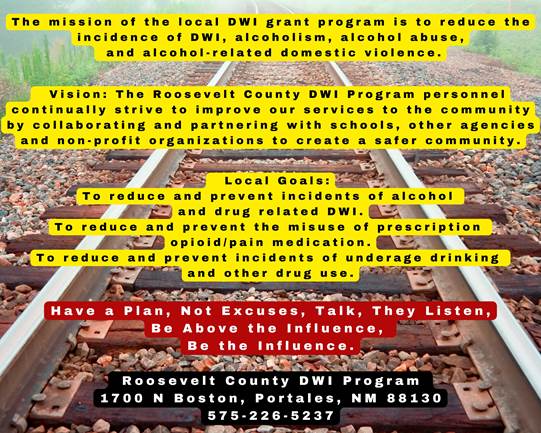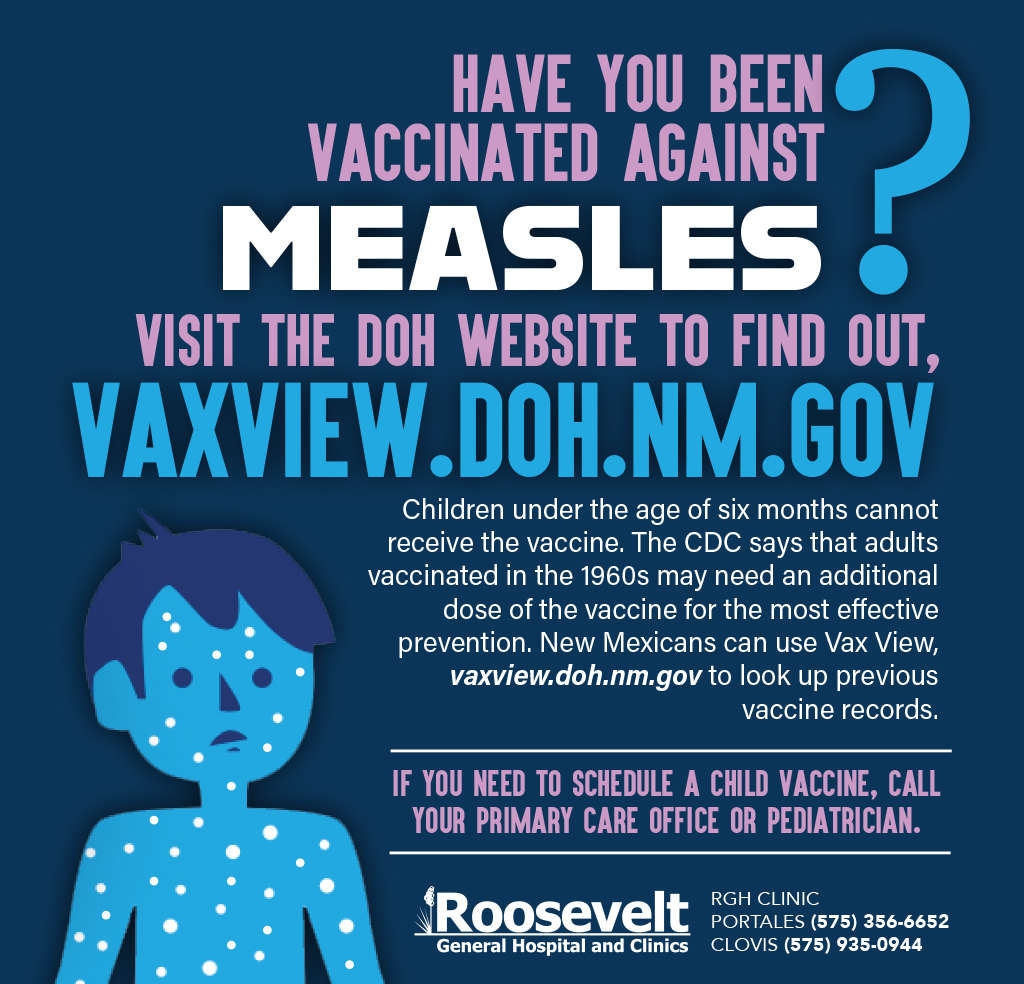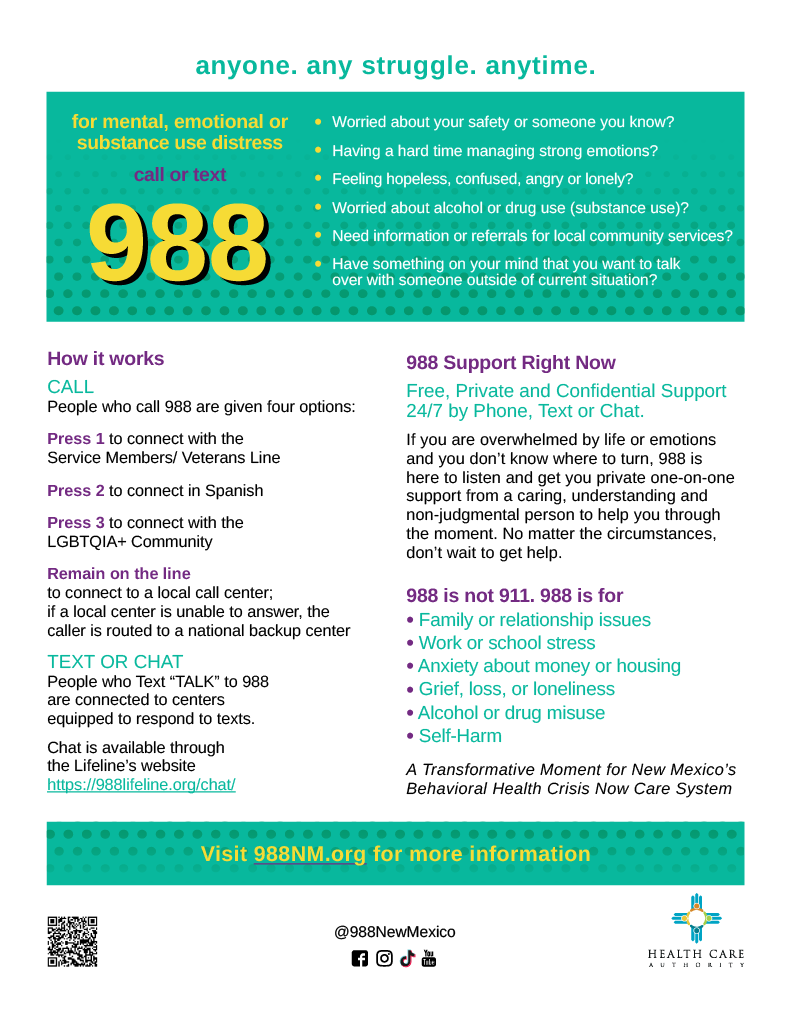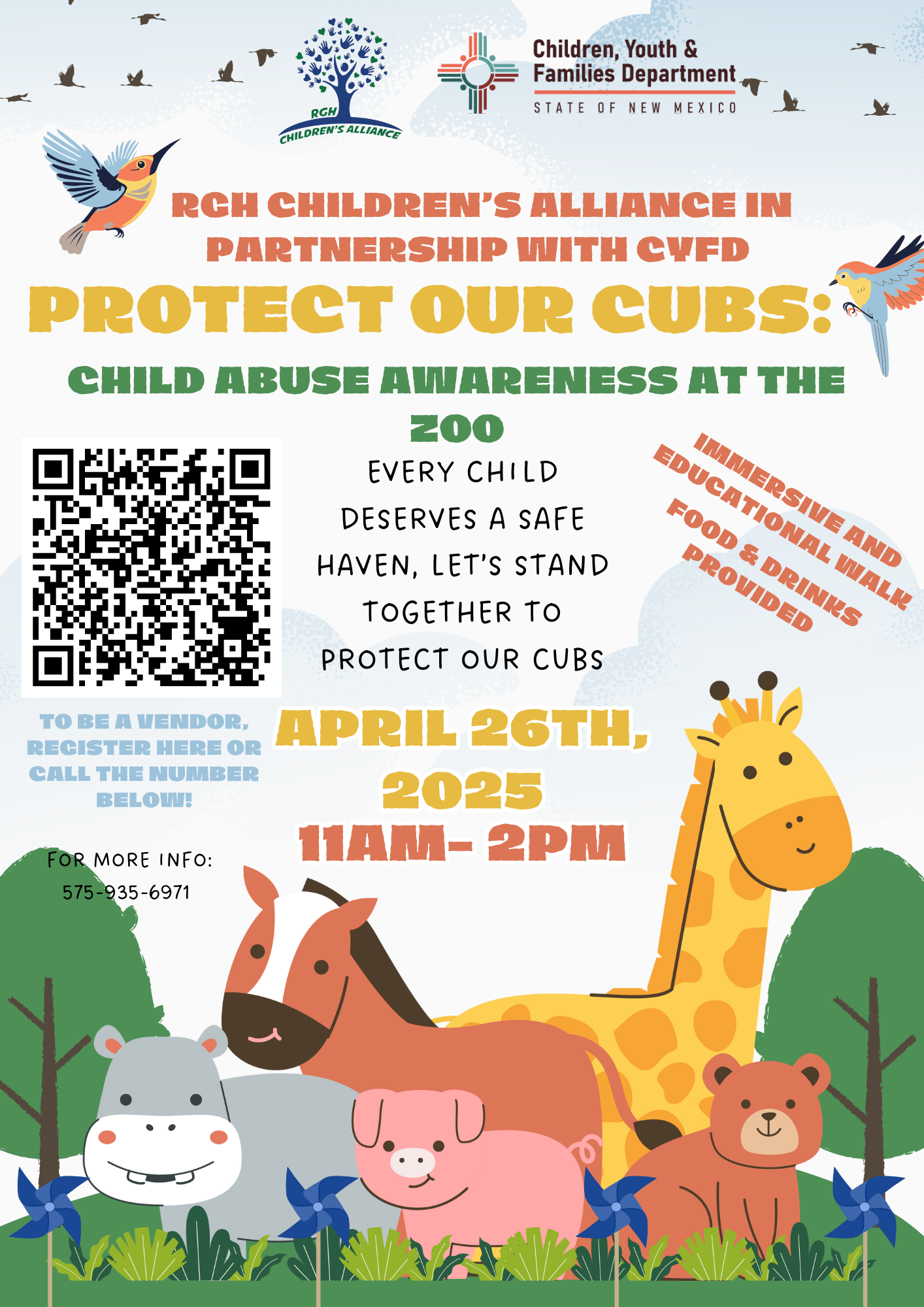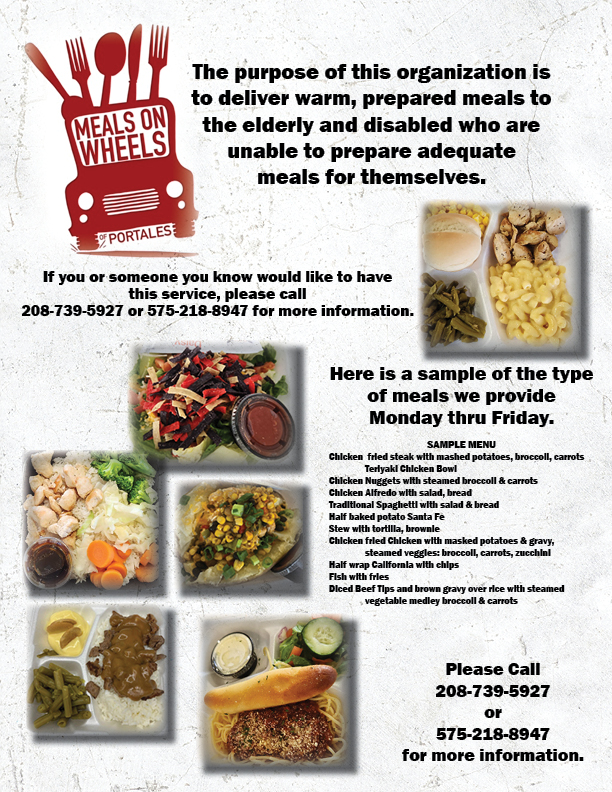
The evening of March 21, 2018, wasn’t very different than any other night at first.
Janette Chavarria Garza said her son, Hugo, 12, came home upset over a break up with a girl, and she had talked to him about it for a while.
Around 5 p.m., she and her five boys had dinner at their Clovis home while her husband worked late.
At 6 p.m., one of her other sons walked upstairs and saw Hugo sitting on his bed watching TV.
At 6:05 p.m., she and her husband tried to gather their five boys to go to church, but Hugo was nowhere to be found. “He would hide when he was upset, under his blankets or bed,” she said. “I went upstairs, and I looked for him every- where. I don’t know why I didn’t turn. I don’t know why I didn’t look in the closet. It was right there.”
Janette said she told her husband to keep looking for Hugo while she took the other boys to church, but while she was driving, she couldn’t shake the feeling that something was horribly wrong.
“I knew something was wrong, so I called him (her hus- band) around 10 after (6 p.m.),” she said.
Janette was met with screaming on the other end of the phone as he husband screamed that her 12-year-old son had hung himself.
Janette said as she turned the car around, she remembers screaming in agony while hearing her boys also screaming in the back seat.
“I told my boys, ‘stop right now and pray. Pray that he’s OK,’” she said. “I wasn’t even to my house, and I stopped and jumped out of the car. I see my oldest son trying to give him (Hugo) CPR.”
The last six months since that day have felt like an unend- ing nightmare, and Janette and her family have not returned to their home since.
“I still can’t walk into our house. We decided to gut the house and remodel, so the boys could walk into something different.”
The family lived with Janette’s sister for a while, and they are currently renting a house in Clovis until they can move back into their own.
“Six months later, every day I have to come home and pick one (of my boys) up from school because they just can’t …” she said. “We’re at the point where we just don’t know what to do.”
Janette and her husband, Jason, have not slept much the last six months. She said when she knows something is wrong with one of her sons, she will not leave their room until she knows they are OK, and she often wakes up in the middle of the night to go check on them.
“It’s been a struggle. It’s been the hardest thing we’ve ever had to go through, and I wouldn’t wish it on anyone,” said Janette. “It still feels like it was yesterday.”
She said her sons won’t visit Hugo’s tombstone; they sit in the car while she and Jason go. Her sons also won’t let her throw anything of Hugo’s away, but they also can’t look at it.
“It’s just little things – his blankets, his backpack, we keep them all put away, because they don’t want to see them, but they don’t want us to throw them away,” she said. “We just do what the boys need us to do.”
Janette said since Hugo’s passing, she has been hearing from parents and other students that Hugo was being bullied at school.
She said that while her four other boys are tall, Hugo was very small.
“He didn’t even look like a sixth grader,” she said. “I didn’t think Hugo was being picked on. That just didn’t fit the type of kid he was, his personality. It hurts me to know now that that was happening, but I don’t know if that’s what led him to commit suicide.”
“I told my husband we can’t blame these boys for what happened. My son took that choice upon himself. For me it does hurt my heart to know that, but I can’t blame anyone for the choice that he made. My son – I’m going to be hon- est, I never once, ever, thought it was going to be him.”
Janette said telling her story to others helps her, because she wants others to understand the consequences of suicide. “I just want people to be able to see what’s going on in our lives and that we are still struggling,” she added.
Janette held a suicide awareness walk in Clovis in early October.
“The reason I did is that I wanted people to understand
that people who have the intention or have those thoughts, there’s people you leave behind who are struggling to stay afloat, and that’s us,” she said. “I don’t know if my son thought it was the only solution, but it’s not.”
Janette said friends and school counselors have been amazing to her family.
“I am still trying to find ways to help my boys,” she said. “What has gotten us through this is our faith and all of the people willing to help us and reach out.”
According to the U.S. Centers for Disease Control and Prevention (CDC), suicide is the third leading cause of death for youth between the ages of 10 and 24 and results in approximately 4,600 lives lost each year. According to the American Academy of Child and Adolescent Psychiatry, suicide is the second leading cause of death in adolescents 15 to 19 years old.
Casey Winslow, Roosevelt General Hospital psychiatric health nurse practitioner, and Eva Toelle, RGH certified family nurse practitioner, both said individuals not sleep- ing well or sleeping too much, eating more or less, isolating themselves and poor concentration can all be signs of de- pression.
“Say you have a roommate in college, and you see a big change in behavior. They stop getting out of bed and going to class. They may cry a lot,” said Toelle.
“Or a decline in grades and an increase in absences (is something for teachers to watch for),” added Winslow.
Toelle said a sign someone may be making plans to take their own life could be if someone starts giving away posses- sions that are important to them, or they start organizing all of their possessions. The person seeming much happier after a period of sadness could also be a sign.
“They may not be battling that decision anymore. They have accepted what they have to do and are at peace with that,” said Toelle.
Winslow and Toelle said that some kind of recent loss in someone’s life can plunge them into depression, as well as transitioning from high school to college and having to deal with adult pressures and responsibilities for the first time. She said sometimes youth and young adults struggling with their religious, gender or sexual identity can also cause de- pression and thoughts of suicide.
The biggest thing is to be proactive, said both practitioners.
“There used to be the thought that if you asked the ques- tion, you are putting the thought into your kid’s head, but studies have shown that is not the case. It actually opens the door for them to talk about their feelings and to reassure them that someone cares,” said Winslow. “It’s very uncom- fortable for people to talk about, and I think more people than not avoid the topic, and that is not working out. If you have suspicion, ask and act. If you are a teacher or parent, be proactive.”
“You can’t force anyone to do anything or to go get help, but sometimes concern is what they need,” added Toelle.
The following are numbers people can call for help if they are contemplating suicide or suspect someone they know is considering the action:
National Suicide Prevention Lifeline: 800-273-8255 Crisis Text Line: Text START to 741741
Agora Crisis Center: 866-435-7166
NM Crisis Line: 855-662-7474
Peer to Peer Warmline: 855-466-7100








